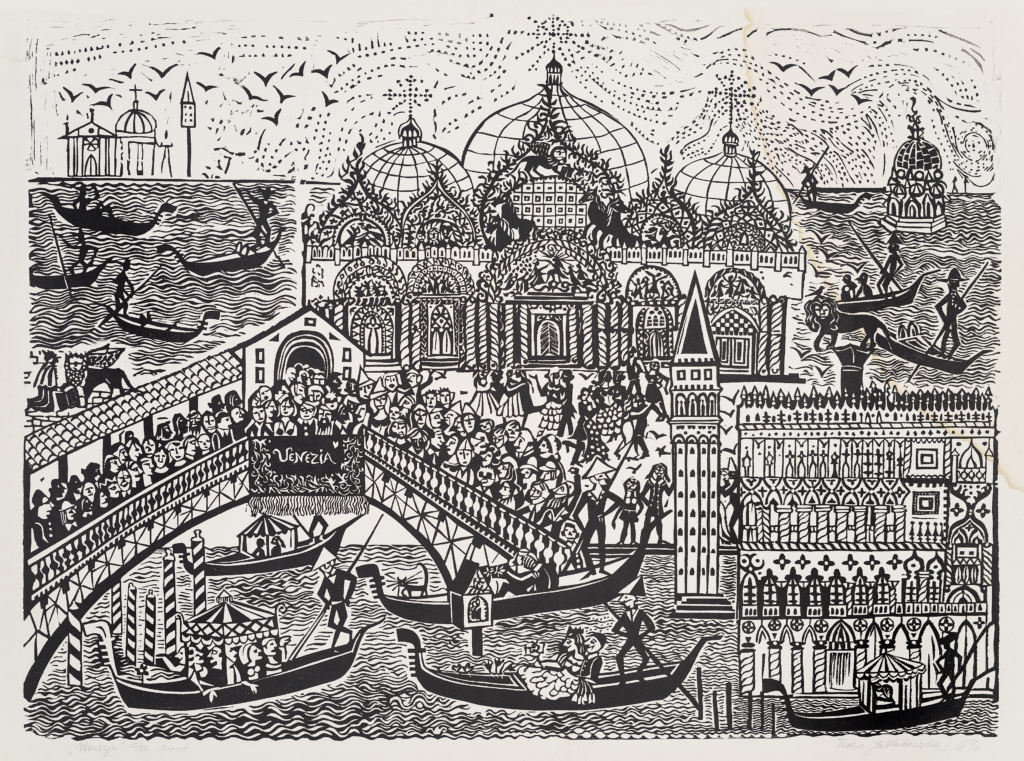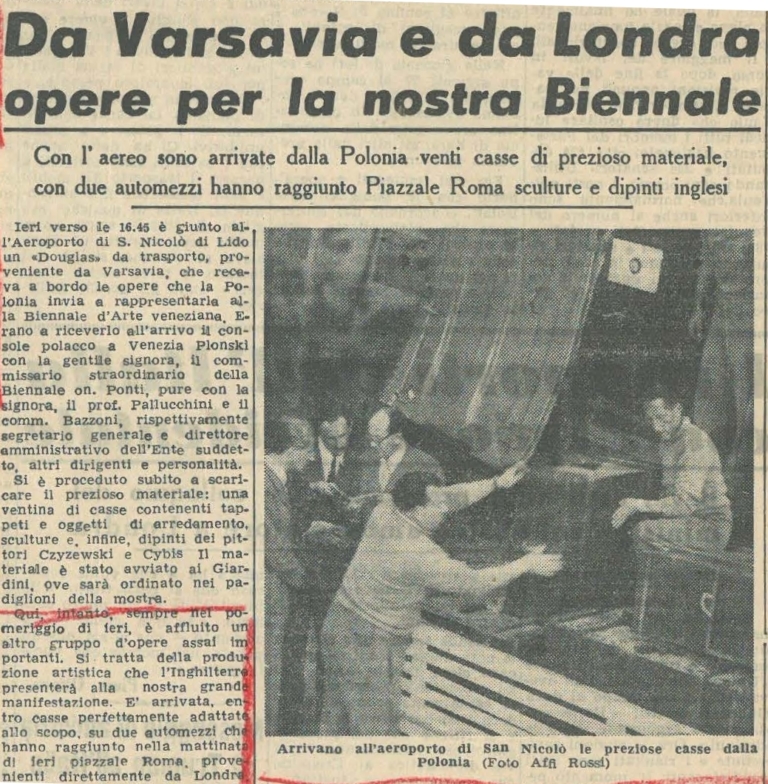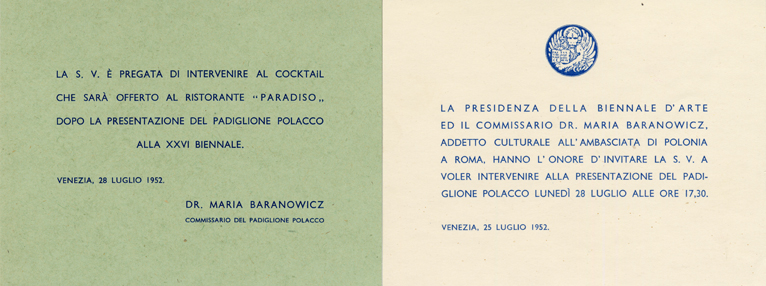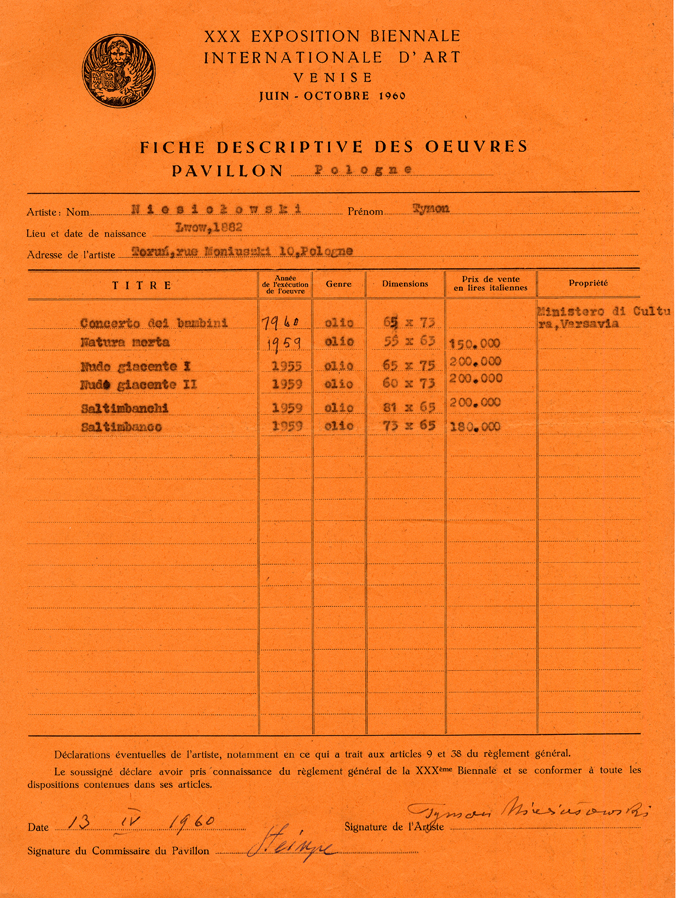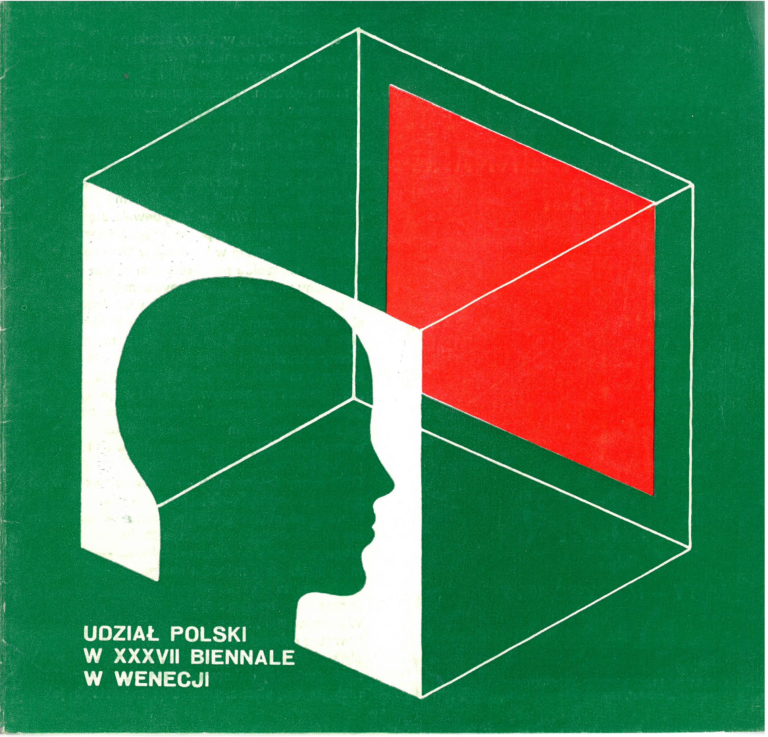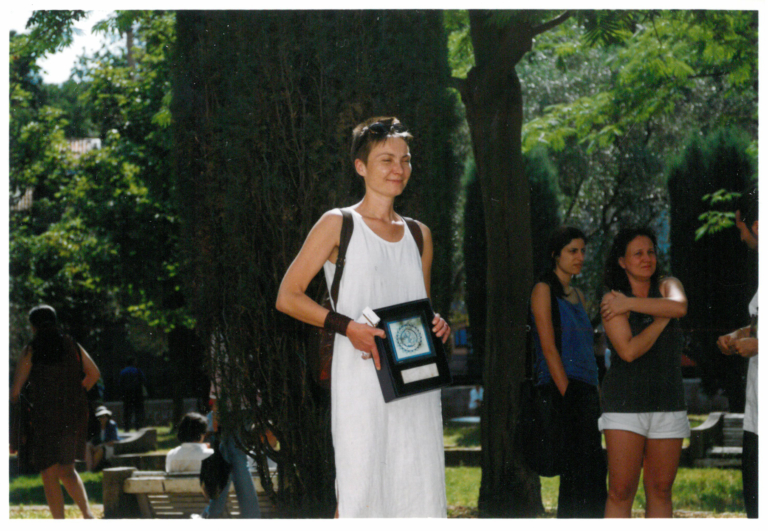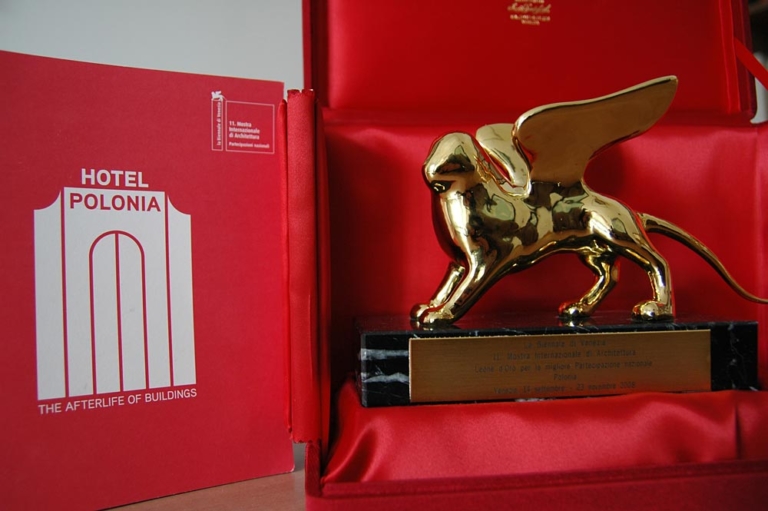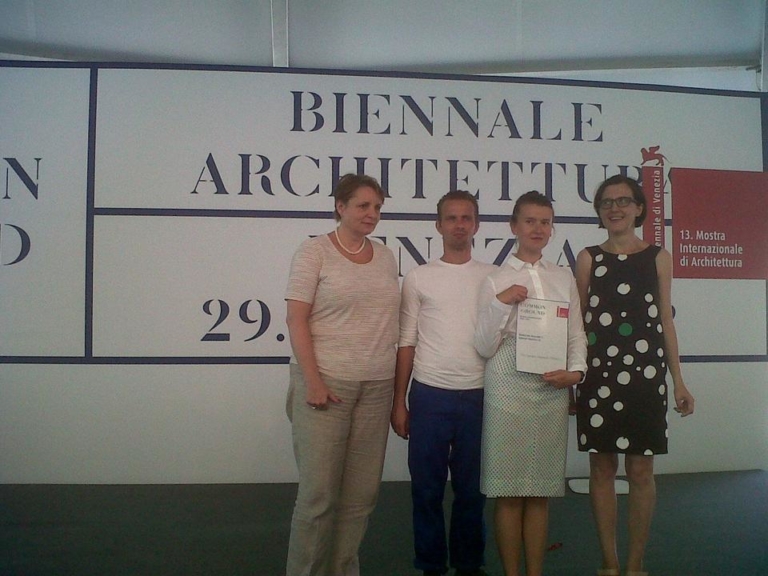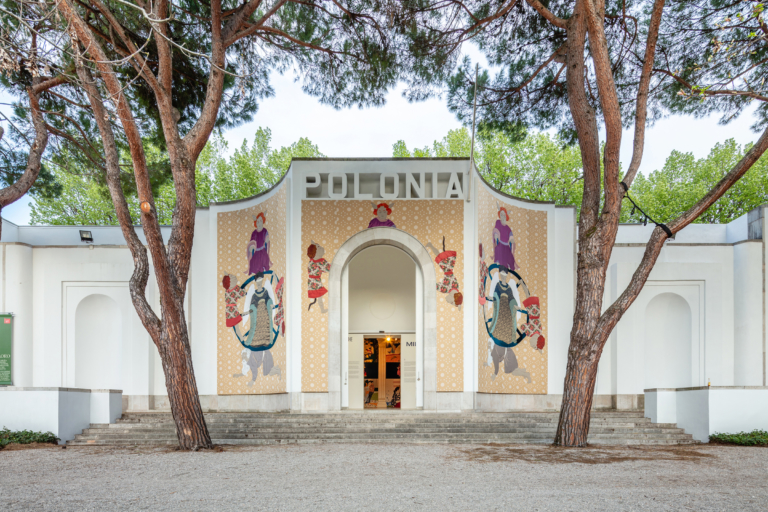
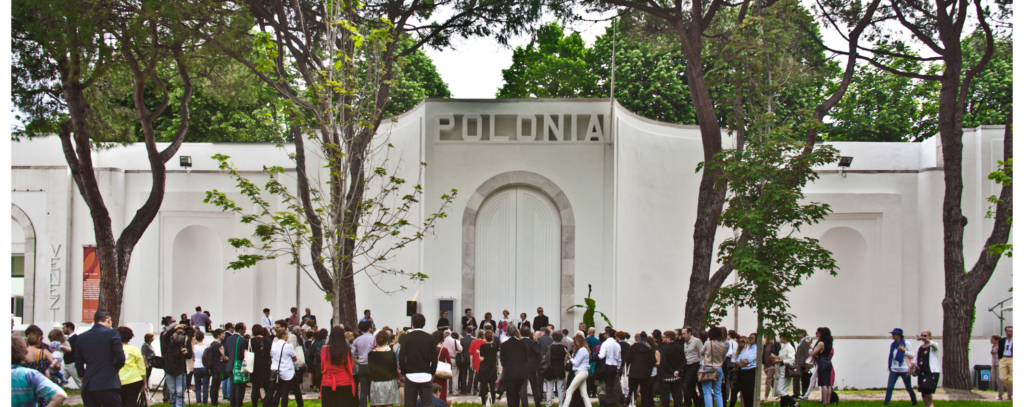
No. 38
Zachęta — National Gallery of Art in Warsaw, is the organizer of the exhibitions in the Polish Pavilion both for Biennale Arte and Biennale Architettura, as well as the custodian of the building. The gallery’s director acts as the pavilion commissioner.
This year marks the 90th anniversary of the opening of the Polish Pavilion in Venice. To commemorate this anniversary, in this issue of the Zachęta Online Magazine, we present celebratory text about the anniversary, archival materials devoted to Polish participation and we recall the award-winning exhibitions. A postcard issued for this occasion is available in the Zachęta Art Bookshop.
1932 — first exhibition at the Polish Pavilion
In 1932, the first exhibition took place in the Polish Pavilion. Its commissioner was the art historian Mieczysław Treter. We are publishing an excerpt from his book Pawilon wenecki sztuki polskiej [Venice pavilion of Polish Art] (1933), which contains views from the first exhibition, detailed commentary on the Biennale history and Polish participation and a wide selection of press. [Polish only]

1948 — Italian press clippings
In 1948 Poland participated in the Biennale for the first time since the end of World War II. Poland was then represented by two artists: Jan Cybis and Tytus Czyzewski. We publish materials from Zachęta archives – the clippings from the Italian press from that year, and their translations.

1976 — Oskar Hansen and Bohdan Urbanowicz exhibition
As part of the research project History of exhibitions at Zachęta — Central Bureau of Artistic Exhibitions in 1949–1970, Marek Czapelski from the Institute of Art History of the University of Warsaw researched the exhibition by Oskar Hansen and Bohdan Urbanowicz in the Polish Pavilion at the 37th International Art Exhibition in Venice (1976).

1999 — special mention during Biennale Arte
Katarzyna Kozyra’s exhibition Men’s Bathhouse (curator: Hanna Wróblewska) received an honorable mention from the jury.
Special mention goes to Katarzyna Kozyra for exploring and challenging the authoritarian domain of the male territory, combining elements of performance art and stage production.

2008 — Golden Lion for Best National Participation
The exhibition Hotel Polonia. The Afterlife of Buildings (artists: Nicolas Grospierre, Kobas Laksa, curators: Grzegorz Piątek, Jarosław Trybuś) won the most important award for national participation — the Golden Lion.
In the Polish pavilion, the Jury found a remarkable mix of wit, technology and intelligent speculation gathered to produce a polemic about the probable life-cycle of buildings in the context of the current problems facing cities, particularly those outside of first world economies. Hovering between art and architectural manifesto, the pavilion stimulated the imagination and interpretation of the jury members in a variety of different directions. Thus it best rose to the difficult challenge of responding to the spirit of the theme of the Biennale while evidencing an intimate loyalty to the nation it represents.
2012 — special mention during Biennale Architettura
Jury awarded special mention for artist Katarzyna Krakowiak and curator Michał Libera for their exhibition Making the walls quake as if they were dilating with the secret knowledge of great powers.
Special mention goes to Poland for ‘Making the walls quake as if they were dilating with the secret knowledge of great powers’. This brave and bold installation reminds the visitor to listen as well as to look… And to feel the sound of the Common Ground.

2022 — Re-enchanting the World
In 2022, Poland was represented by the Polish-Roma artist Małgorzata Mirga-Tas with the Re-enchanting the World exhibition curated by Wojciech Szymański and Joanna Warsza. The pavilion was visited by a record number of 403,329 spectators. Currently the exhibition is on view at the Renaissance Castello Estense in Ferrara, and in April it will have its Polish première at the Zachęta – National Gallery of Art.
We invite you to watch Anna Zakrzewska’s documentary about the process of creating Mirga-Tas’s monumental work for the Polish Pavilion.


